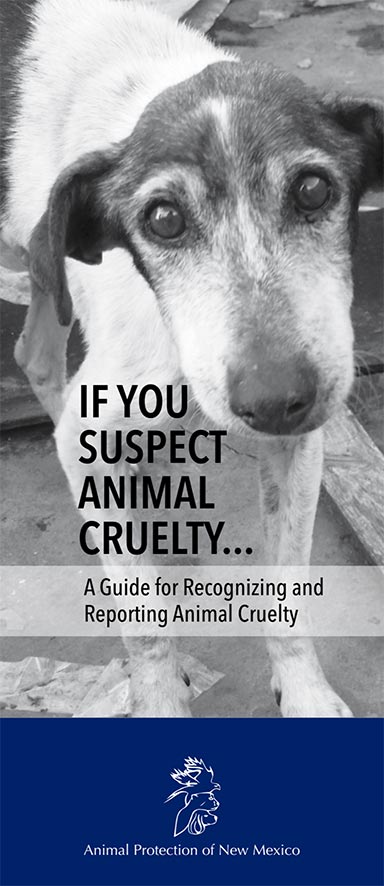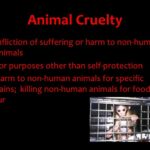Animal cruelty, a pervasive and insidious problem, elicits deep concern across society. But is animal cruelty mandated reporting? And what must professionals know to navigate such an emotionally charged issue? These questions merit careful consideration, as the well-being of countless innocent animals hangs in the balance.
The concept of mandated reporting typically arises in connection with specific professions that work closely with vulnerable populations—most notably children. In many jurisdictions, professionals such as teachers, doctors, and social workers are legally obligated to report suspected cases of abuse or neglect. Similarly, the question arises: should animal welfare professionals, veterinarians, and law enforcement officers be held to similar standards when observing signs of animal cruelty? Shall we explore this conundrum together?
At the outset, it’s imperative to define what constitutes animal cruelty. The term encompasses a wide spectrum of abusive behaviors ranging from neglect and abandonment to direct violence against animals. Many states and countries have established laws to protect animals from these heinous acts, but enforcement varies widely. Thus, while many professionals may feel a moral compulsion to act, the legal framework governing their responsibilities can often seem ambiguous.
In the United States, laws regarding animal cruelty differ significantly from state to state. Some jurisdictions do indeed require specific professionals to report instances of animal cruelty, while others do not. For instance, veterinarians in particular positions often have a moral and sometimes legal obligation to report suspected cases. This responsibility arises not only from their professional duty to care for animals but also from their unique vantage point. Vets can observe physical and behavioral indicators of abuse that laypersons might overlook.
Equally, animal control officers play a critical role in the reporting framework. They often act as the frontline defenders of animal well-being. When they encounter situations that indicate cruelty, their duty extends beyond mere observation. They have the responsibility to investigate further and, if substantiated, report the incident to the appropriate authorities. The stakes, however, can be high. What happens when a potential case of cruelty is misreported or misunderstood? This brings us to an unavoidable challenge intertwined with the issue—vulnerability to scrutiny and backlash.
It is not uncommon for professionals in animal welfare to face backlash for their reporting choices. A misinterpretation of a situation can lead to accusations of bad judgment. Thus, the integration of training programs focused on recognizing the signs of animal abuse is indispensable. Armed with knowledge and context, professionals can perform a nuanced evaluation before making any reports. Consequently, training can help bridge the gap between instinct and action, equipping professionals to make informed decisions.
Consider the role of educators as well. While their primary focus is the welfare of children, many teachers and school staff encounter students who may have pets at home or are involved in community programs related to animals. They must also be vigilant, attuned to the signs of cruelty that may manifest in students’ discussions or behavior regarding animals. A child’s revelation, wrapped in playfulness or humor, may mask deeper issues. Should an educator decide to report these suspicions, it raises an intriguing question about the overlap of their obligations toward students and animals.
The intersectionality of reporting extends beyond the professional realm. It beckons the involvement of the wider community. For instance, non-professionals who witness suspicious behavior must also grapple with the moral imperative to report. Will they take action, or will fear of social reprisal dissuade them? This societal reluctance highlights the need for educating the public about animal rights and the importance of reporting. Community awareness campaigns elucidate the profound impact of a single act of reporting, which could save an animal in distress.
Furthermore, one must take into account an alarming paradox. While reporting mechanisms exist, the legal systems that support them are often underfunded and overburdened. This unfortunate reality leads to a question of effectiveness: even with mandated reporting, do the systems in place have the capacity to handle the influx of cases? A lack of resources can lead to delayed responses or, worse, the dismissal of valid reports. Herein lies an essential conundrum that must be addressed by lawmakers and advocates alike.
In recent years, the movement for stronger animal rights legislation has gained traction. Advocacy organizations relentlessly push for the inclusion of animal cruelty as a reportable offense, akin to child abuse. The burgeoning public consciousness around the issue signals a shift toward a more compassionate society. An increasing number of jurisdictions are beginning to recognize that protecting animals is not just a moral obligation but also a societal responsibility.
For professionals engaged in animal welfare, understanding the legal landscape is paramount. Access to resources—such as state-specific guidelines and legal definitions—empowers them to act confidently when faced with potential cruelty cases. Collaboration with local animal welfare organizations can foster a proactive network ensuring the protection of animals and the rightful reporting of abuse.
In summary, the intersection of animal cruelty and mandated reporting presents a complex tapestry woven from various threads: the legal landscape, professional responsibilities, community involvement, and societal awareness. As these threads intertwine, the challenge is clear: to find a coherent and responsible pathway to address animal cruelty effectively. Awareness and education, in conjunction with robust reporting frameworks, empower professionals and citizens alike to stand firmly against the insidious nature of animal cruelty. The call to action is thus more than just a legal obligation; it is a moral imperative that resonates throughout society.





